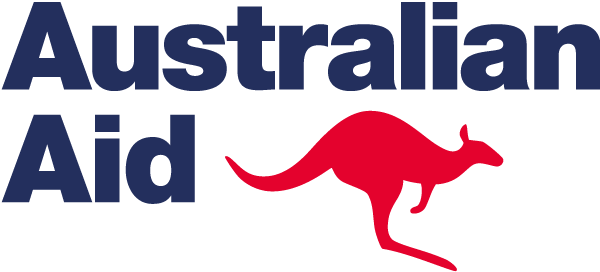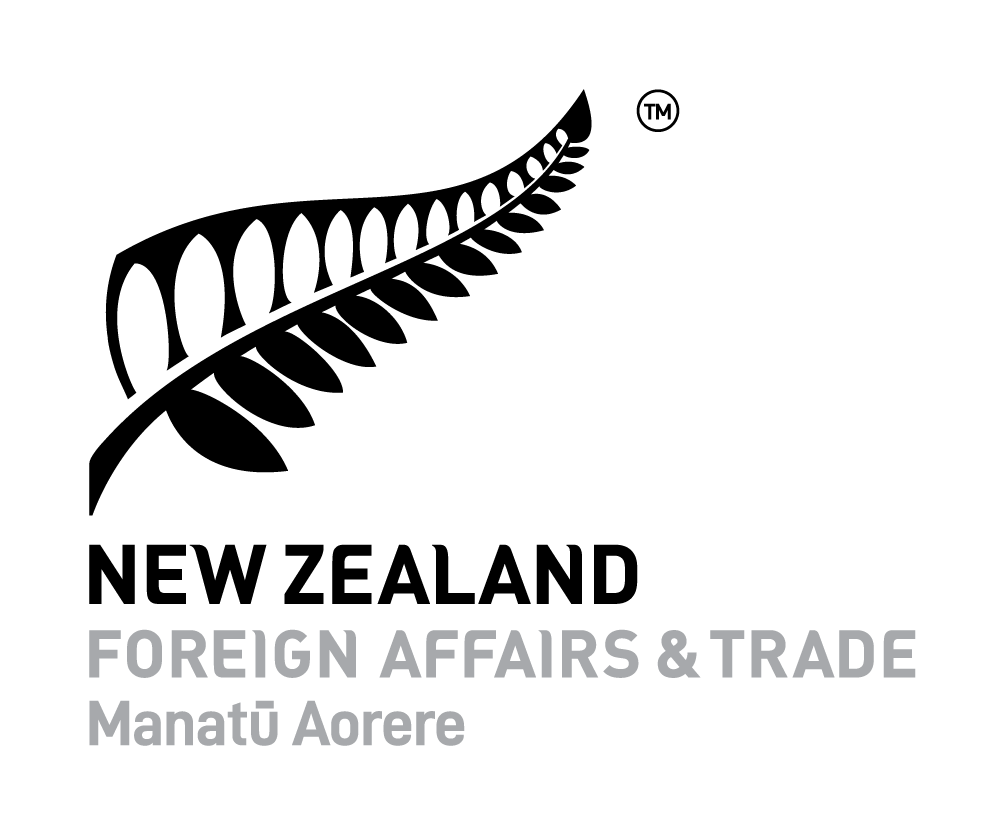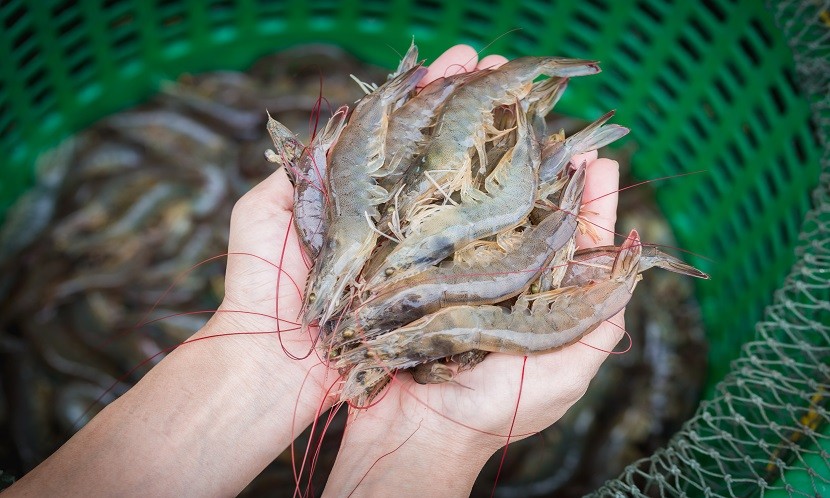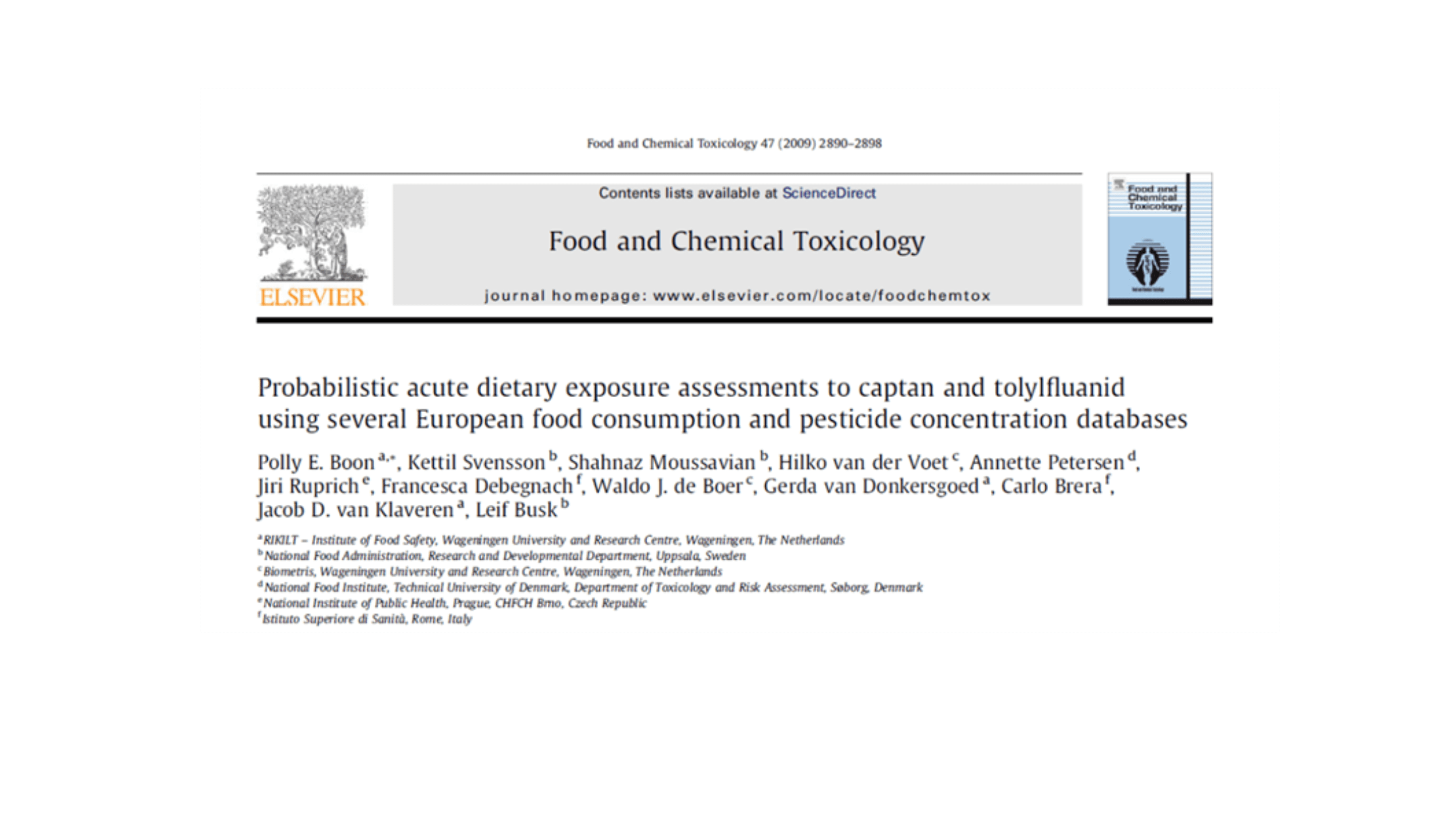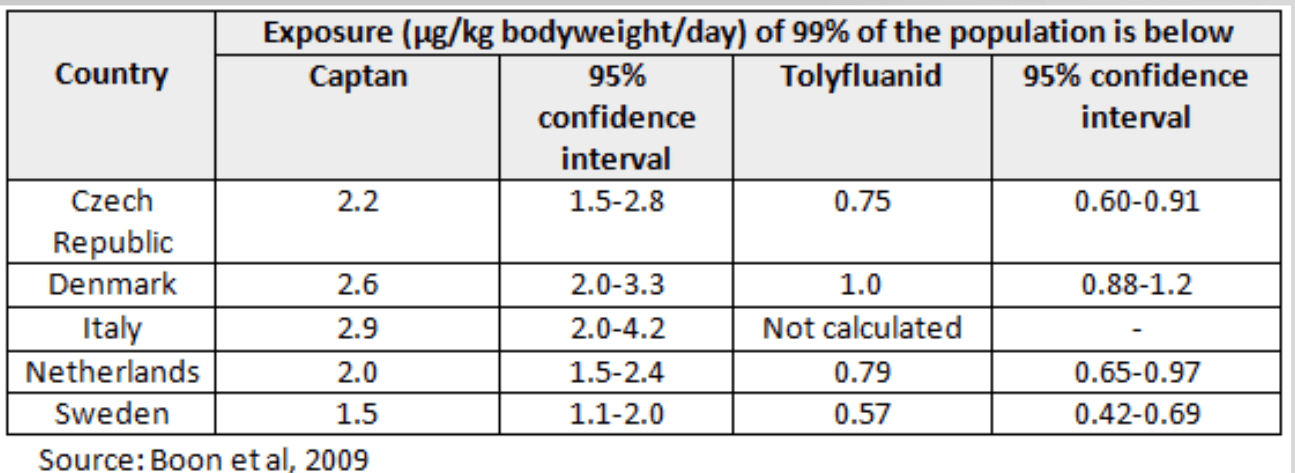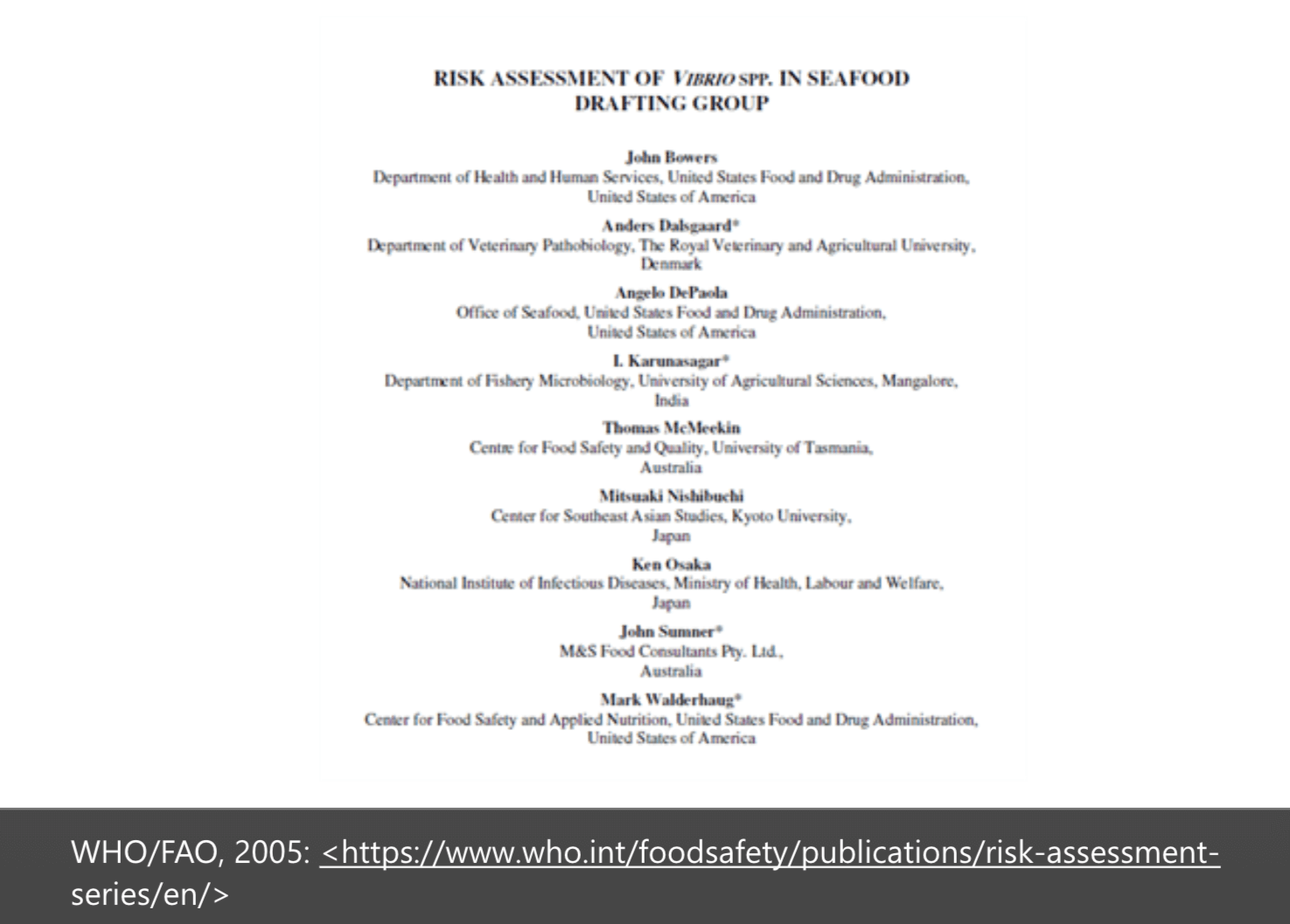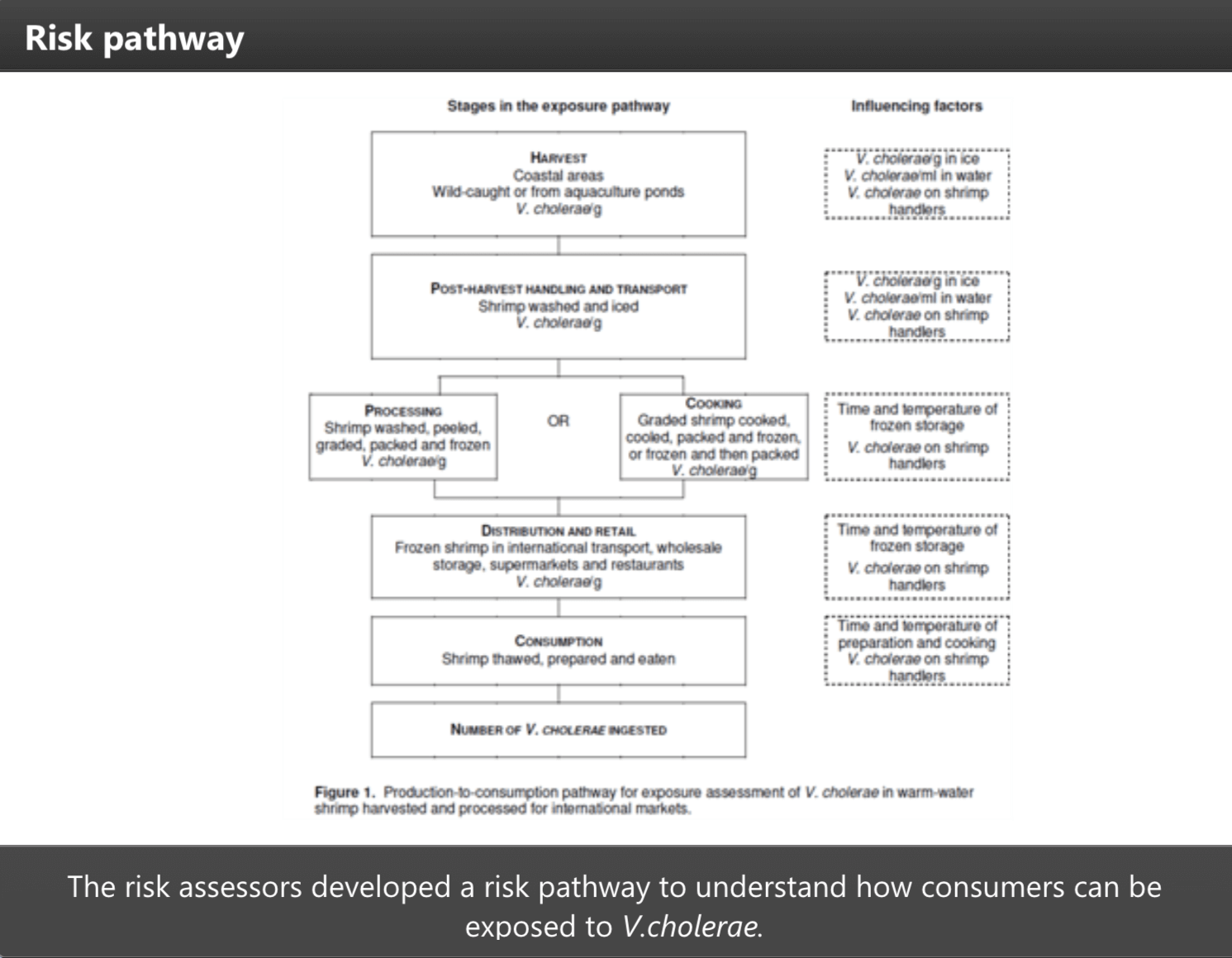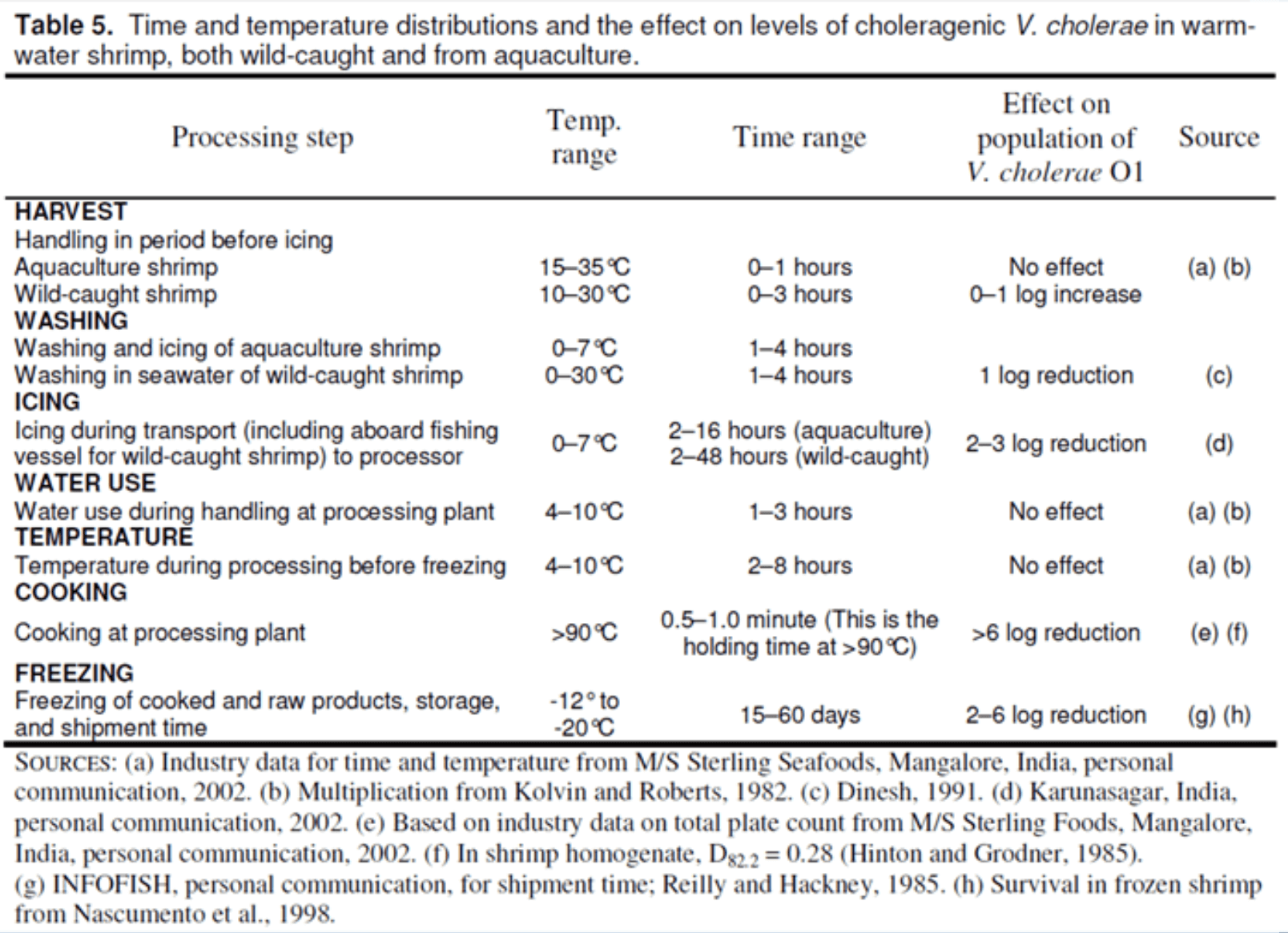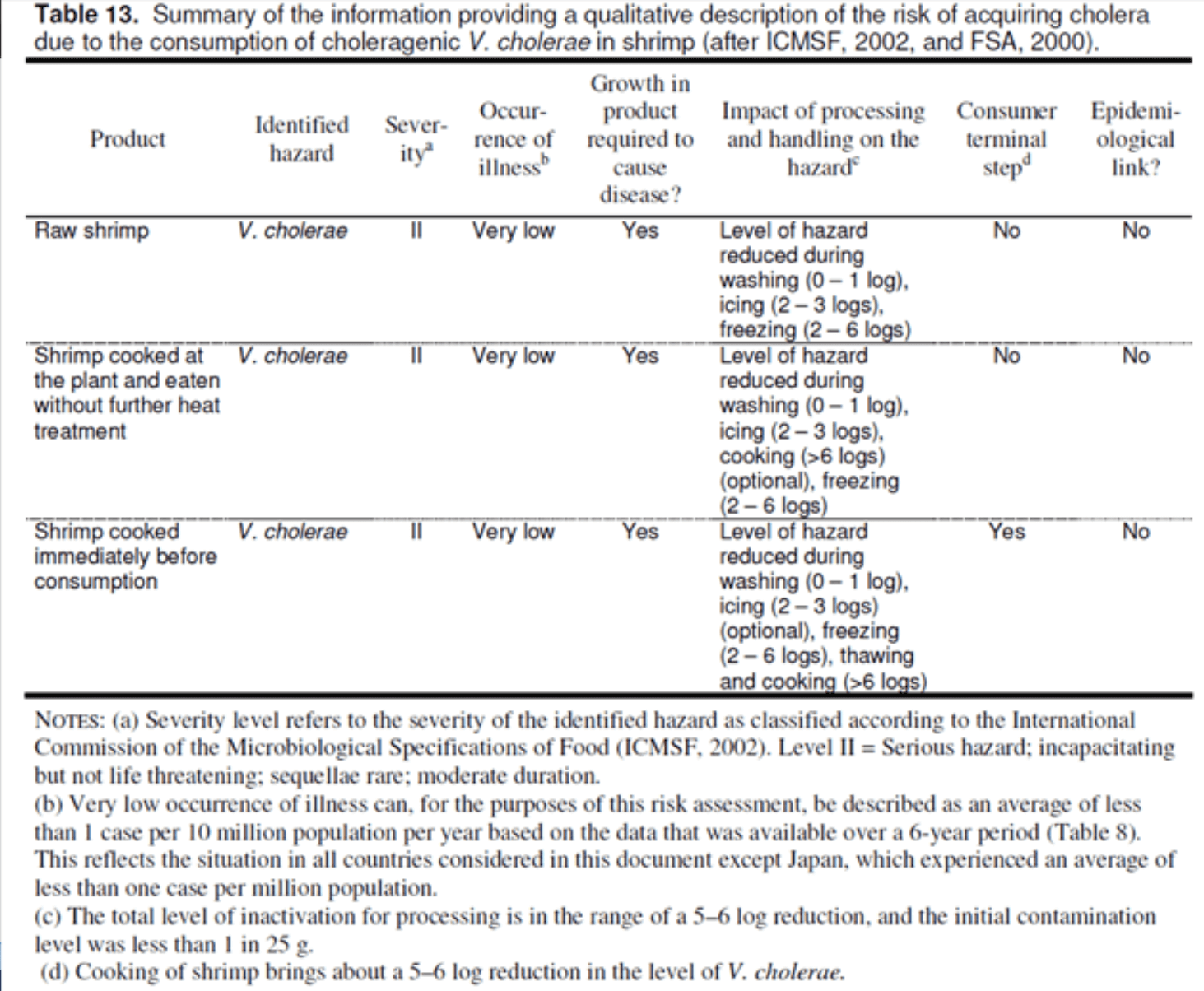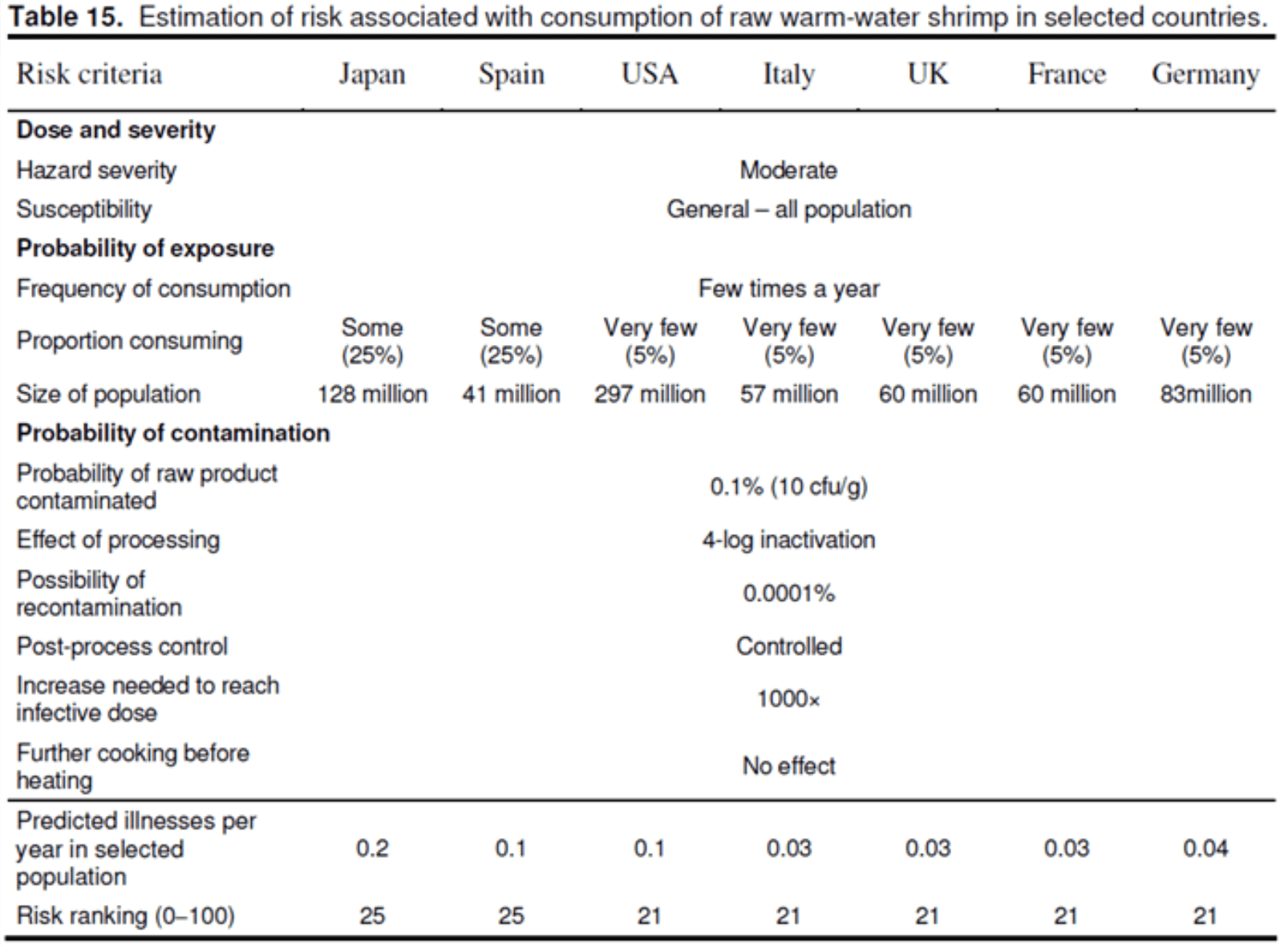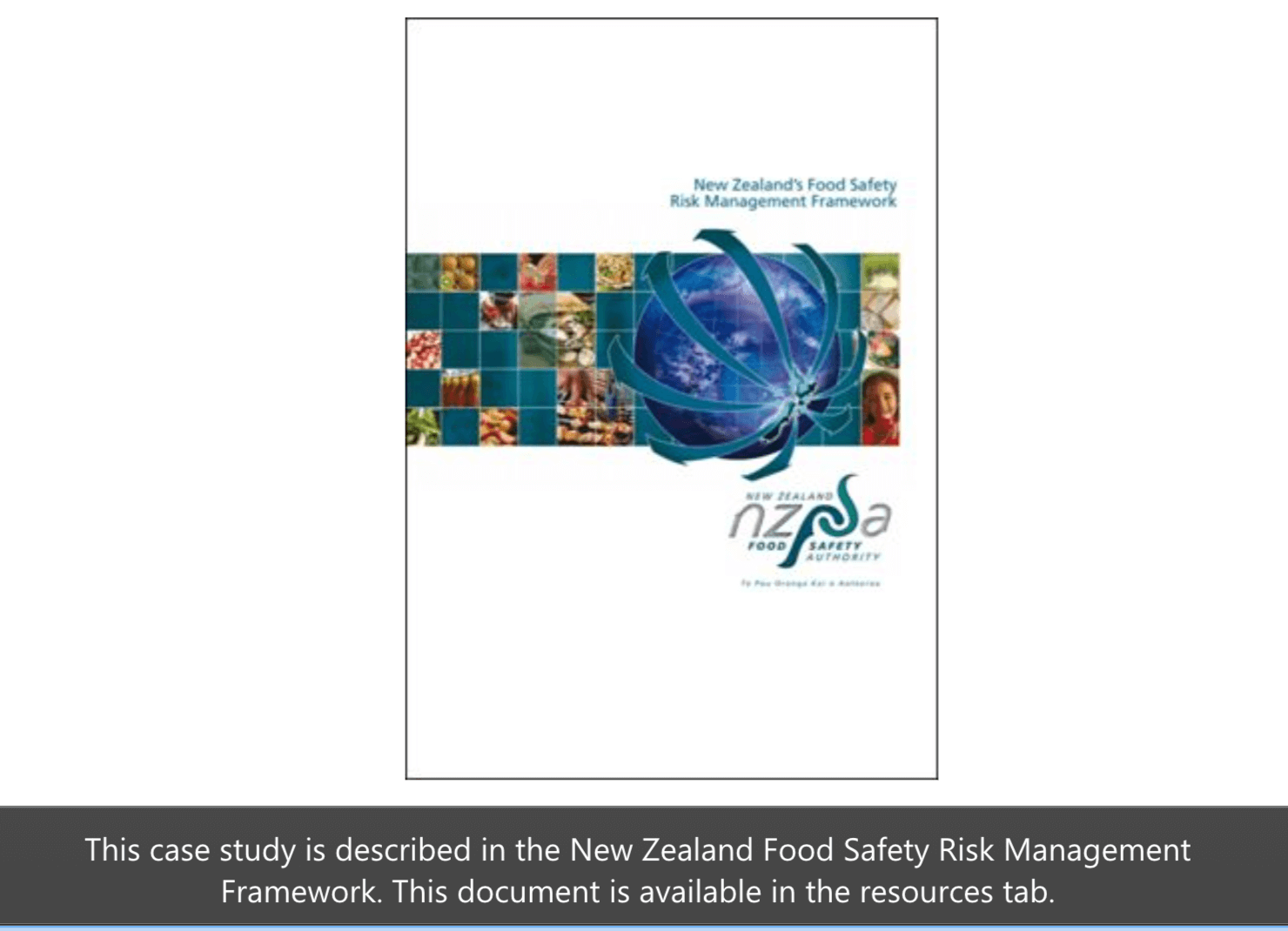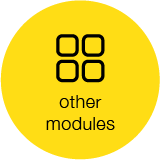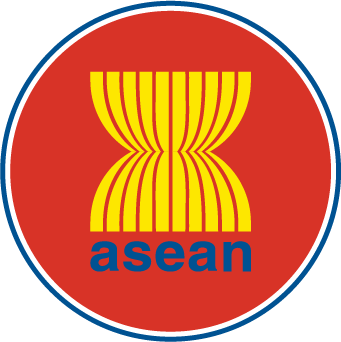
for the Implementation of International Standards
related to Sanitary and Phytosanitary (SPS) Measures

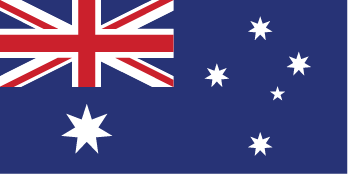
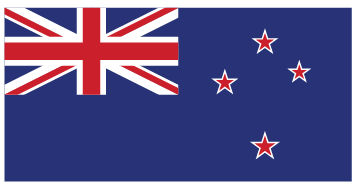
ECONOMIC COOPERATION SUPPORT PROGRAMME (AECSP)
Disclaimer
This e-learning module has been developed for the teaching purposes and material contained in it is of general nature.
It is not intended to be relied upon as legal advice and the concepts and comments may not be applicable in all circumtances.



ECONOMIC COOPERATION SUPPORT PROGRAMME (AECSP)
In this module we would like to introduce three case studies to you.
Case study 1:
Probabilistic acute dietary exposure assessment to captan and tolylfluanid for consumers in selected European countries.
The objectives were to:
- Calculate the acute dietary exposure to captan and tolylfluanid in five European countries, expressed in μg/kg bodyweight/day.
- Determine the food commodities that contribute most to dietary exposure.
Data on pesticide residues were obtained from national pesticide monitoring programs. A challenge was that countries did not use the same threshold concentration for reporting positive samples.
A sample with a certain concentration of pesticides could therefore be reported as positive in one country and as negative/non-reported in another country.
This case study was done in the Europe. Let’s think about how this type of risk assessment could be applied in the ASEAN region.
- Do you know if data on national consumption are available for your own country?
- Which organisation may have these data available?
- If national consumption data are not available, could you think of some methods to collect these data?
- Which organisation in your country, public or private, conduct studies to monitor pesticide residues in agricultural products?
- If these data are collected by an organisation other than your own, how could you get access to these data for the purpose of a risk assessment?
- How would you plan the communication of the results of such a risk assessment to the general public?
- Assuming your risk assessment would give similar results as the one of the case study, what (if any) recommendations could you think of to give to the consumers?
Case study 2:
Risk assessment of choleragenic Vibrio cholera O1 and O139 in warm-water shrimp in international trade.
The objectives were to:
- Assess the risk (probability and consequences) of acquiring cholera as a result of consumption of imported warm-water shrimps.
- Compare qualitative and quantitative risk assessment approaches.
For the hazard identification, two types of data were needed:
- Data on the presence of the organism
- Data on the characteristics of the organism
For the exposure assessment, five important elements of the production-to-consumption chain were considered:
- The occurrence of choleragenic V. cholerae O1 and O139
- Harvest, post-harvest handling and transport
- Processing and cooking
- Distribution and retail
- Consumption
For the hazard characterisation, four main aspects were considered:
- Pathogen, host and food matrix factors
- Public health outcomes
- Number of cholera cases reported to WHO by shrimp-importing countries
- Dose-response relationship
Data for hazard identification were obtained from a wide range of previously published scientific studies.
The risk assessment report gives all references to the studies that were used.
The authors concluded that the qualitative and quantitative risk assessment approaches provided very comparable results.
However, a quantitative approach requires more input data and a higher level of detail.
The risk assessment demonstrated that there is a very low risk of developing cholera as a result of the consumption of imported warm-water shrimp.
The risk assessment makes no conclusions about the risk of developing cholera as a result of the consumption of domestic warm-water shrimp or any other source of infection.
This case study was done at a global level, and focused on a few selected importing countries. Let’s think about how this type of risk assessment could be applied in the ASEAN region.
- What do you think about the differences between a qualitative and a quantitative risk assessment?
- What are the advantages and disadvantages of either approach?
- Under which conditions would you prefer one over the other?
Consider a production-to-consumption pathway for a food chain of your choice, and select a relevant foodborne hazard.
Examples could be:
- Papaya’s and a pesticide used in papaya production
- Shrimps and antibiotic residues
- Rice and aflatoxins
What are the relevant factors that could lead to a decrease or increase of the hazard in the commodity that is consumed by the consumer?
Are they steps along the risk pathway that could lead to a concentration or dilution of the hazard, or are there steps where the hazard could reliably be eliminated from the commodity?
Case study 3:
The risk analysis cycle for imported Roquefort cheese
Identifying control options
Based on the results of the risk assessment, several possible risk management measures were identified to reduce the risk posed by imported Roquefort to all sectors of the population. Some options would have led to requirements for the exporting countries, other options would have been implemented in the importing country.
Risk management decision
The final decision was that Roquefort could be imported following the implementation of several measures:
- certification that Roquefort is produced according to requirements of the EU covering microbiological, food safety and process hygiene criteria,
- monitoring in New Zealand that imported Roquefort meets the criteria for E. coli prescribed in the Food Code, and
- providing information for vulnerable consumers most at risk from eating Roquefort.



ECONOMIC COOPERATION SUPPORT PROGRAMME (AECSP)

